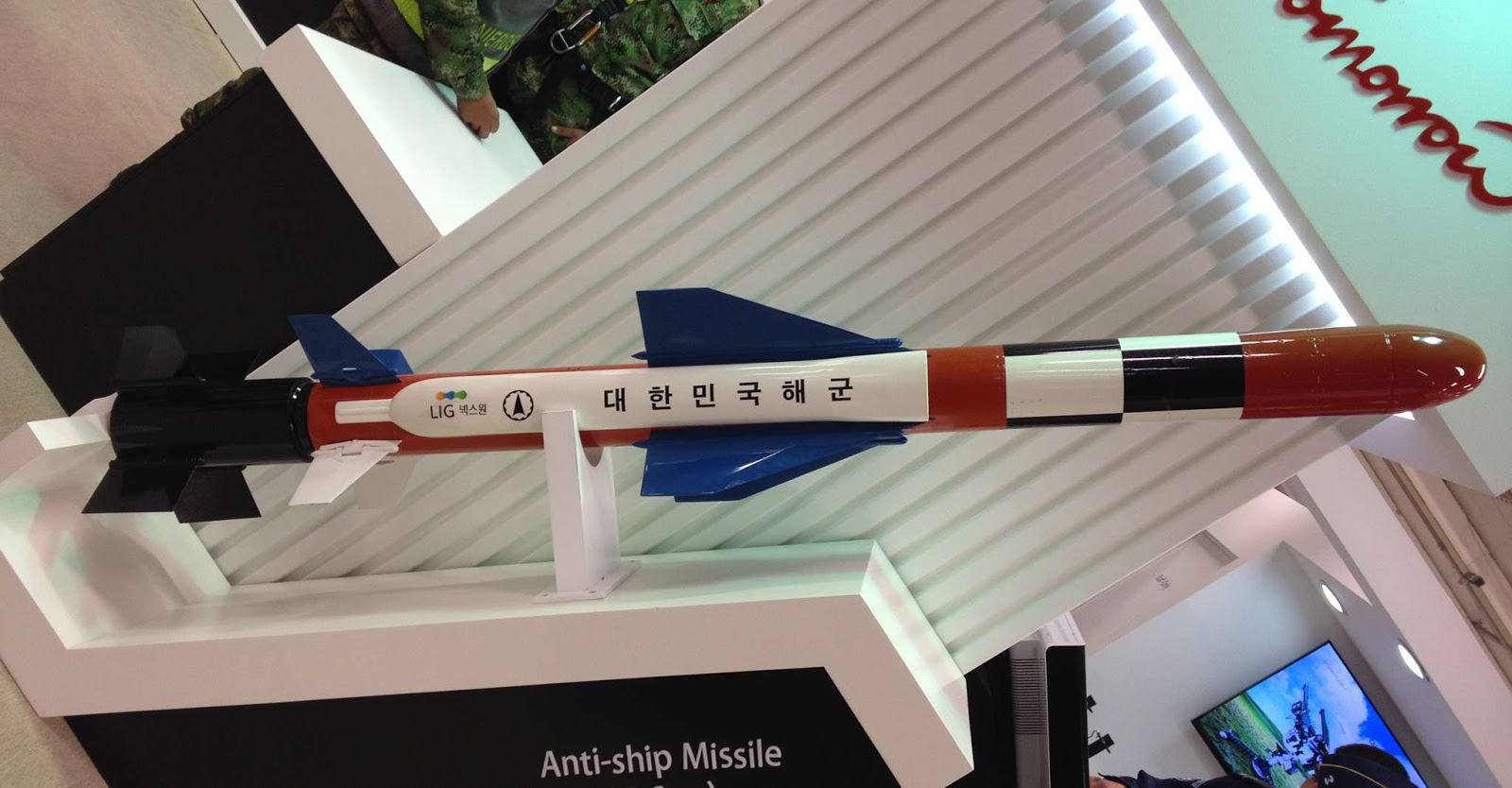between the two countries.
Now for the first time, details are emerging on how the Indian Navy has been able to track the movement of Chinese submarines, which first started operating in the Indian Ocean in 2013, a clear signal of how Beijing intends to expand its strategic reach to include areas of the Indian Ocean which New Delhi has typically considered its own backyard.
The P8-I is a US-made maritime surveillance aircraft
The Chinese 'Shang' class submarine, which docked in Karachi, entered the Indian Ocean through the Malacca straits off Singapore between April 19 and 20. Picked up almost immediately by the Indian Navy's US-made Boeing P8-I maritime surveillance aircraft, the submarine - accompanied by a large 10,000 ton fleet support and replenishment tanker - was constantly tracked on its way to Karachi.
The P8-Is dropped sonobuoys across the projected route of the submarine. Sonobuoys - small listening devices that transmit the sound of submarines to reconnaissance aircraft operating overhead - are key to detecting submarines.
Interspersed with the 'passive' sonobuoys deployed by the P8-Is, were 'active' sonobuoys which ping the ocean with sound waves reflecting off the submarine surface.
Using a combination of both sensors, the Navy's P8-Is were able to force the Chinese submarine into making evasive maneuvers.
The exact location of the submarine was also passed on to India's own submarines, which were also monitoring the movement of the 'Shang'.
The 'Shang' entered the Karachi harbour on May 19, its exact location constantly plotted by the Indian Navy's assets, which have determined that the sound radiated by the Shang class is higher than the considerably quieter new generation American or Russian submarines, which are tougher to detect.










 .
.






